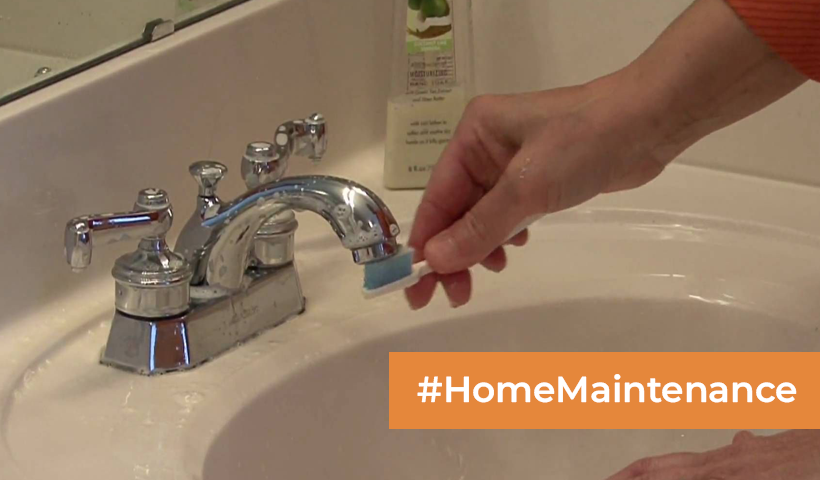A Comprehensive Guide to Tree Trimming
In the diverse landscape of India, where lush greenery and trees are integral to the cultural and environmental fabric, the importance of proper tree care cannot be overstated. Tree trimming, a fundamental aspect of arboriculture, plays a crucial role in maintaining the health, aesthetics, and safety of trees. In this comprehensive guide tailored for Indian readers, we will delve into the art and science of tree trimming, providing insights, tips, and best practices to ensure the well-being of the green companions that adorn our landscapes.
Understanding the Importance of Tree Trimming:
- Promoting Tree Health:
- Regular tree trimming removes dead, diseased, or decaying branches, promoting overall tree health.
- Pruning enhances air circulation and sunlight penetration, reducing the risk of fungal infections and diseases.
- Enhancing Aesthetics:
- Tree trimming helps shape the tree canopy, improving its visual appeal and contributing to the overall aesthetics of the landscape.
- Well-maintained trees add to the beauty of gardens, parks, and urban spaces, enhancing the quality of life for residents.
- Ensuring Safety:
- Trimming eliminates hazardous branches that may pose a risk to people, structures, or utility lines during storms or high winds.
- Regular inspection and pruning can prevent the occurrence of falling branches, reducing the potential for accidents.
- Encouraging Fruit Production:
- Fruit-bearing trees benefit from strategic pruning, which enhances sunlight exposure to fruiting branches and improves yield.
- Proper trimming can also facilitate the development of stronger branches capable of bearing the weight of fruit.
When to Trim Trees:
Understanding the appropriate timing for tree trimming is crucial to maximize the benefits and minimize stress on the tree. In India, the ideal time for tree trimming varies depending on the species and local climate conditions. However, some general guidelines include:
- Late Winter to Early Spring:
- For most deciduous trees, late winter to early spring, before the onset of new growth, is an optimal time for trimming.
- This period allows the tree to recover quickly, with the availability of ample energy reserves for healing wounds.
- Monsoon Season:
- Avoid extensive tree trimming during the monsoon season, as excessive moisture can impede the healing process and make the tree more susceptible to diseases.
- Light pruning for safety purposes can be done during the monsoon, but major trimming is best postponed.
- Post-Flowering for Flowering Trees:
- Flowering trees benefit from trimming after their flowering period to encourage new growth for the following season.
- Pruning immediately after flowering helps preserve the next year’s buds.
Essential Tree Trimming Techniques:
- Thinning:
- Thinning involves selectively removing branches to reduce the density of the tree canopy.
- This technique enhances air circulation and sunlight penetration, promoting overall tree health.
- Crown Raising:
- Crown raising involves removing lower branches to create clearance beneath the tree.
- This technique is useful for urban trees to prevent interference with structures, vehicles, and pedestrians.
- Crown Reduction:
- Crown reduction focuses on reducing the overall size of the tree canopy while maintaining its natural shape.
- This technique is employed to address issues such as overhead utility line interference.
- Deadwooding:
- Deadwooding entails the removal of dead or dying branches from the tree.
- Removing deadwood enhances safety, reduces the risk of disease spread, and improves the tree’s appearance.
- Directional Pruning:
- Directional pruning directs the growth of branches away from structures, utility lines, or undesired areas.
- This technique helps guide the tree’s growth in a more controlled manner.
Tools for Tree Trimming:
Selecting the right tools for tree trimming is essential for achieving effective and precise results. Common tree trimming tools include:
- Pruning Shears:
- Suitable for small branches and twigs.
- Handheld pruning shears are ideal for precision trimming and shaping.
- Loppers:
- Loppers have longer handles, providing increased reach and leverage.
- Ideal for cutting larger branches with more ease.
- Pruning Saws:
- Pruning saws are designed for cutting thicker branches.
- Available in various sizes, they are useful for shaping and removing larger limbs.
- Pole Pruners:
- Pole pruners feature an extended reach, allowing for trimming high branches without the need for ladders.
- Ideal for crown raising and light pruning.
- Chainsaws:
- Chainsaws are suitable for heavy-duty tree trimming tasks, such as the removal of large branches or entire trees.
- Chainsaw use requires proper training and safety precautions.
- Safety Equipment:
- Personal protective equipment, including gloves, safety glasses, and helmets, is essential when engaging in tree trimming.
- If using a chainsaw, additional safety measures, such as ear protection and chainsaw chaps, are recommended.
Practical Tips for Effective Tree Trimming:
- Inspect the Tree:
- Before initiating tree trimming, conduct a thorough inspection to identify dead, diseased, or weak branches.
- Look for signs of pest infestations, fungal infections, or structural issues.
- Identify the Purpose:
- Determine the specific goals of tree trimming – whether it’s for safety, aesthetics, or health.
- Tailor your trimming approach based on the desired outcome.
- Maintain Natural Form:
- While trimming, aim to maintain the natural form and shape of the tree.
- Avoid excessive pruning, which can stress the tree and compromise its health.
- Avoid Overpruning:
- Overpruning, also known as “tree topping,” can lead to a host of problems, including weakened branches and rapid regrowth.
- Focus on selective pruning to preserve the tree’s structure and health.
- Sterilize Tools:
- Sterilize pruning tools between uses to prevent the spread of diseases.
- Wipe blades with rubbing alcohol or a disinfectant solution to avoid contaminating healthy branches.
- Prune at the Right Location:
- Make cuts just outside the branch collar, the swollen area where the branch meets the trunk.
- Avoid leaving stubs, as they can lead to decay and compromise the tree’s health.
- Consider Seasonal Limitations:
- Some tree species are best pruned during specific seasons.
- Research the ideal timing for trimming based on the type of tree to ensure optimal results.
- Consult Professionals for Large Trees:
- For large or mature trees, it’s advisable to consult with professional arborists.
- Professional tree care services have the expertise and equipment to handle complex trimming tasks safely.
- Adhere to Local Regulations:
- Check local regulations and permits related to tree trimming.
- Some areas may have restrictions on the trimming of certain tree species or during specific times of the year.
- Monitor Growth Patterns:
- Regularly monitor the growth patterns of the tree after trimming.
- Adjust your pruning strategy based on the tree’s response to ensure continued health and vitality.
Tree Trimming Challenges in the Indian Context:
- Urbanization and Space Constraints:
- In densely populated urban areas, space constraints can pose challenges for tree trimming.
- Arborists must navigate limited space while ensuring the safety of nearby structures and pedestrians.
- Climate Variability:
- India experiences diverse climatic conditions, ranging from tropical to temperate.
- Arborists need to consider the specific climate of the region when determining the most suitable time for tree trimming.
- Cultural and Religious Significance:
- Many trees in India hold cultural and religious significance.
- Arborists must approach tree trimming with sensitivity, considering the cultural context and potential community sentiments.
- Biodiversity Conservation:
- India boasts rich biodiversity, and some tree species may be protected or endangered.
- Tree trimming activities must align with conservation efforts to preserve native flora.
- Tree Species Diversity:
- The country’s diverse geography results in a wide variety of tree species.
- Arborists must possess knowledge of the specific needs and characteristics of different tree species for effective trimming.
- Environmental Pollution:
- Urban areas in India often face challenges related to air pollution.
- Tree trimming becomes crucial to remove damaged branches and enhance the tree’s ability to filter pollutants.
Tree trimming is a vital component of responsible tree care in India, where trees play a significant role in the ecological balance and cultural heritage. By understanding the importance of tree trimming, adhering to best practices, and overcoming unique challenges, we can ensure that our green companions thrive in urban and rural landscapes alike.
Whether it’s promoting tree health, enhancing aesthetics, or ensuring safety, the art and science of tree trimming contribute to the well-being of trees and the communities that benefit from their presence. Through responsible tree care practices, we can continue to enjoy the myriad benefits that trees offer while preserving the natural beauty of the Indian landscape for generations to come.




